Trade-Off Tools to Quantify Biosignature Potentials for the future ExoMars Rosalind Franklin Rover Mission
- European Space Research and Technology Centre (ESTEC), European Space Agency (ESA), Noordwijk, The Netherlands (ines.torres@esa.int)
Introduction: The ExoMars rover mission, whose primary objective is the search for signs of past and present life on Mars, is an astrobiology focused mission. A suite of nine instruments and a two-metre drill on-board Rosalind Franklin will land in Oxia Planum, a location chosen for its high potential for biosignature preservation (Figure 1). Indeed, the ancient, clay-rich outcrops of Oxia Planum may have formed in aqueous conditions that could have hosted micro-organisms and the fine-grained sediments could have preserved evidence of their existence [1]. Therefore, the probability for in situ biosignature detection would be enhanced in that particular location.
Three “trade-off” tools were designed to evaluate the science potential of targets that Rosalind Franklin will encounter once it lands on Mars. These metrics will be used during operations to aid decision-making for science targets and maximise their scientific value.
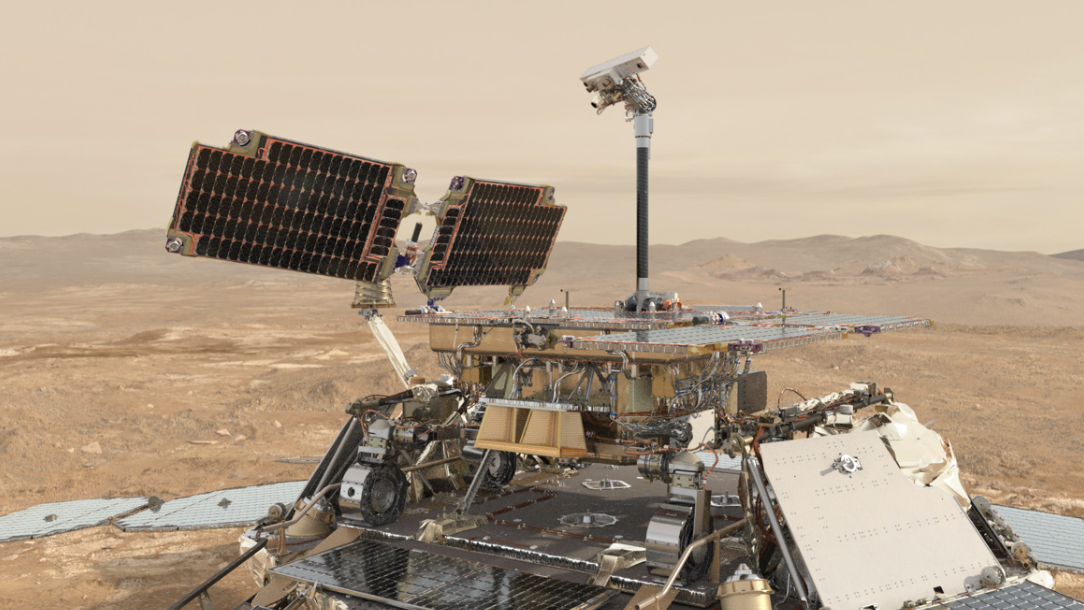
ExoMars Biosignature Score (EBS): This metric (Figure 2) was proposed as a mechanism to assign a confidence value to a group of observations aiming at establishing whether a location on Mars hosted microbial life, past or present [2].
The EBS is based on two broad classes of biosignatures that the Pasteur payload is able to detect: morphological and biochemical. Chemical biosignature scores will be modulated with a quality factor, depending on the outcome of a first blank chemical check – prior to any sample analysis. Chemical scores are currently being refined in order to take into account other criteria such as molecular complexity, for example.
The geological context is also a factor in the final EBS score, as Rosalind Franklin will be capable of exploring the landing site and characterising the geological setting to understand the formative and evolutionary history of the site.
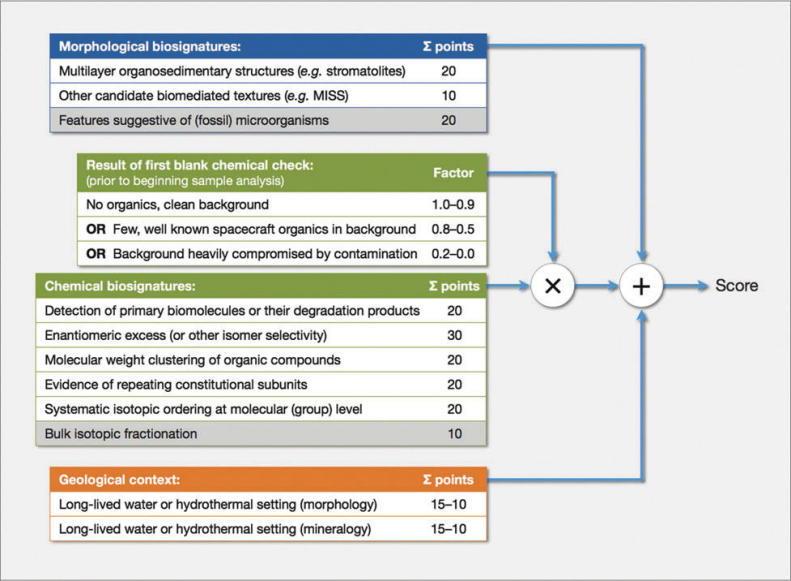
Figure 2: ExoMars Biosignature Score
Past and Present habitability and Preservation site assessment (PPP): This metric is a tool to quantify the extent to which a site could have supported and preserved signs of life based on evidence from initial observations of the site. Figure 3 shows the “past and present habitability” criteria, together with the payload instruments that could detect them. These criteria are based on the chemical and physical needs for life.
It is also crucial to quantify the preservation potential of biosignatures, as some records of habitability may not be preserved or detectable anymore [3]. Thus, we are working on defining “preservation site assessment” criteria, based on geochemical and geological proxies for past conditions as recorded in the chemistry, mineralogy and morphology of rocks analysed with remote-sensing data, and that we will further examine in situ.
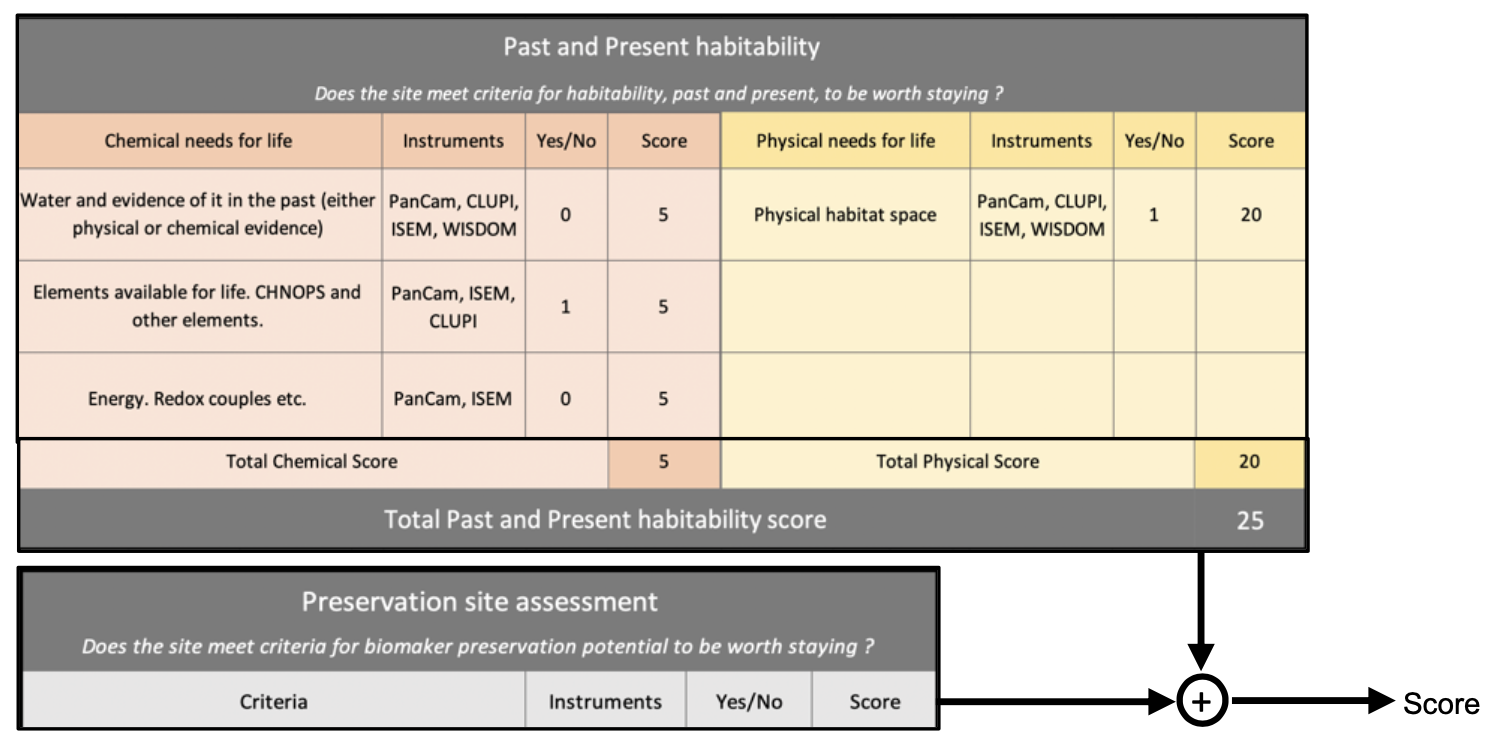
Figure 3: Past and Present habitability and Preservation site assessment
Target Science Potential (TSP): This metric evaluates a target in terms of the hypotheses that are deemed to be addressable by observation or analysis of that target.
A table of hypothesis is being defined by the ExoMars Rover Science Operations Working Group (RSOWG) in the Strategic Science Plan of the mission. This document gathers a list of questions that we would like to answer (organized by priority) and a table of testable hypothesis that we will try to assess during the mission operations.
The TSP metric is provided to help identify which targets could yield the highest science return in order to optimise planning decisions. TSP could be used in cases where planning discussions do not yield an obvious choice of target or location, or where the team would like to assess the relative merits of different options.
How to obtain a TSP score?
- Each question of the Science Strategic Plan has been given a score depending on its priority order (Figure 4).
- Each hypothesis we would like to verify has been given a score depending on the questions it may answer (Figure 5).
- Each target obtains a score depending on the hypothesis it may address (Figure 6).
Figures 4 to 6 show the scores obtained during the science simulation exercises we conducted in November and December 2021.
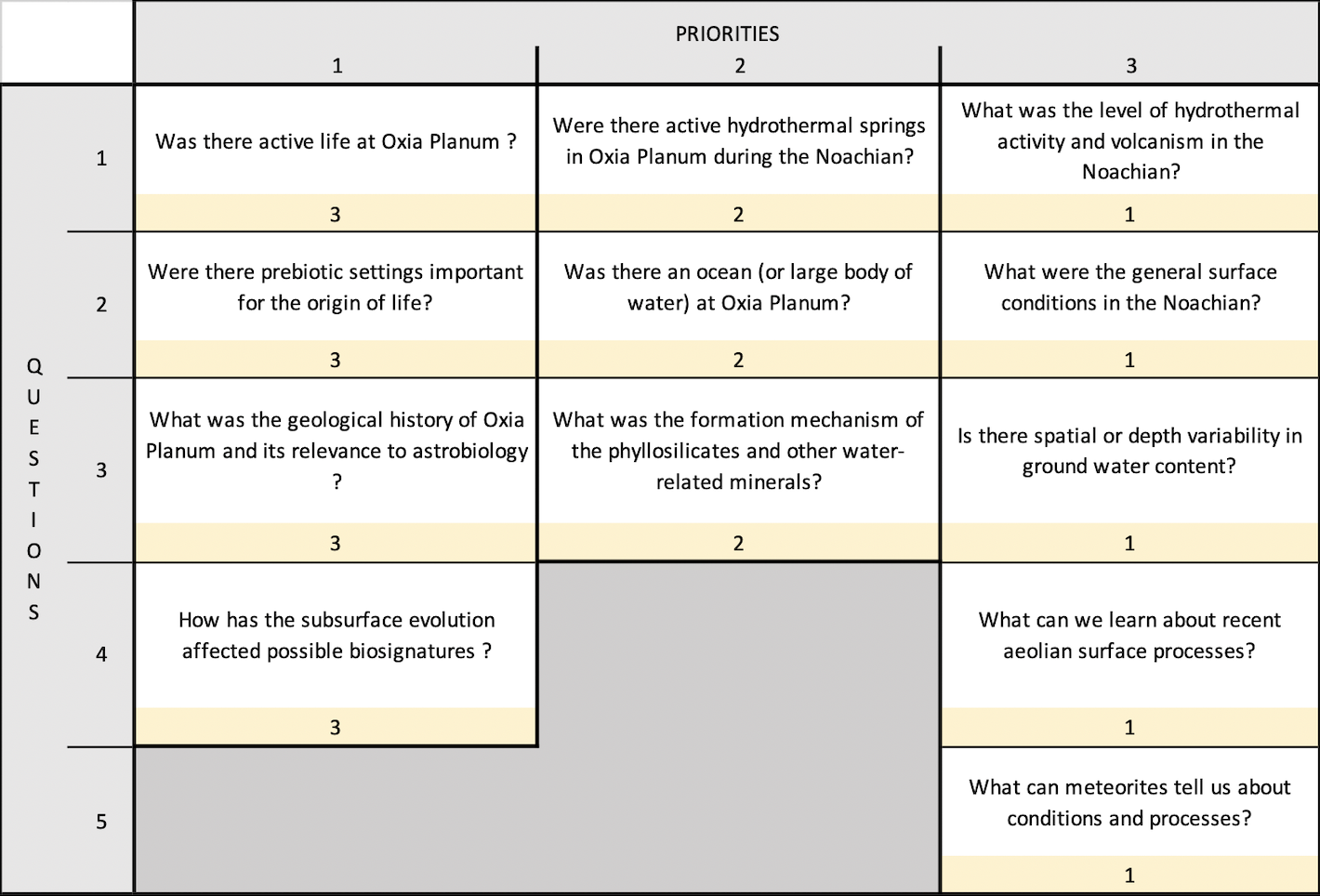
Figure 4: Question scores (in yellow)
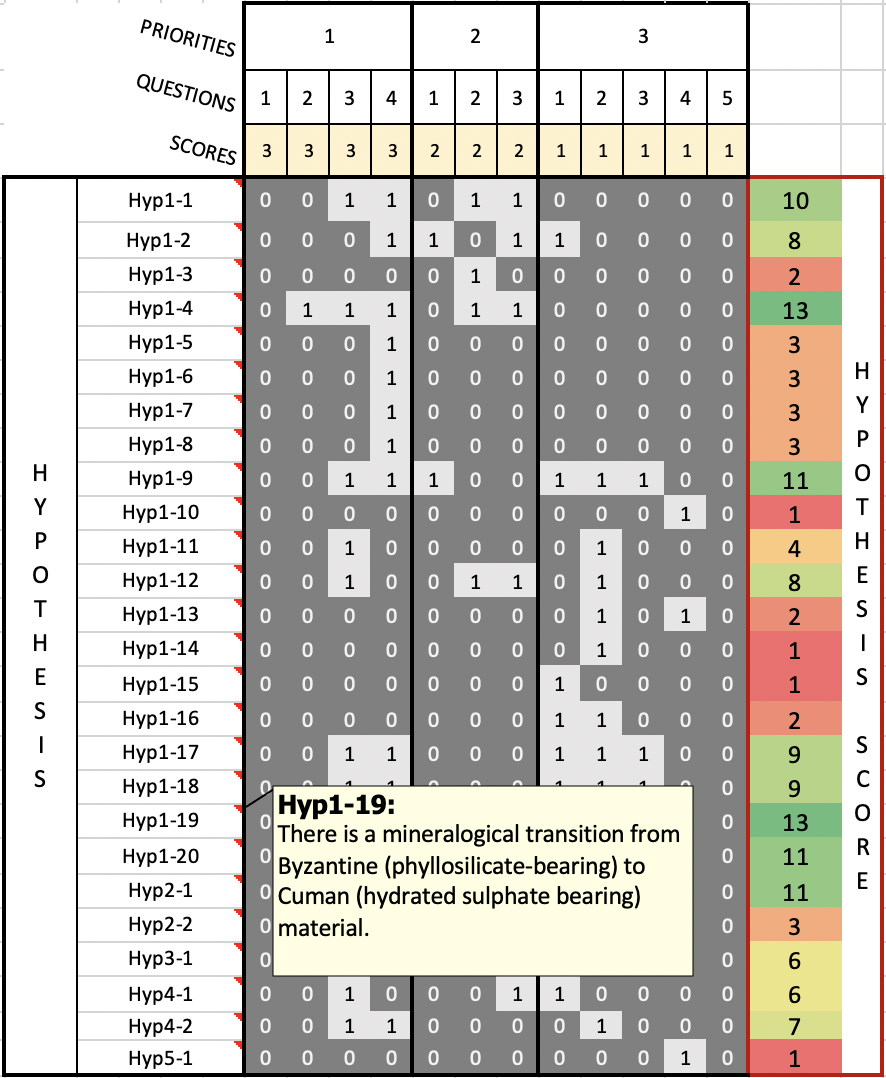
Figure 5: Hypothesis scores (green to red colour-scale)
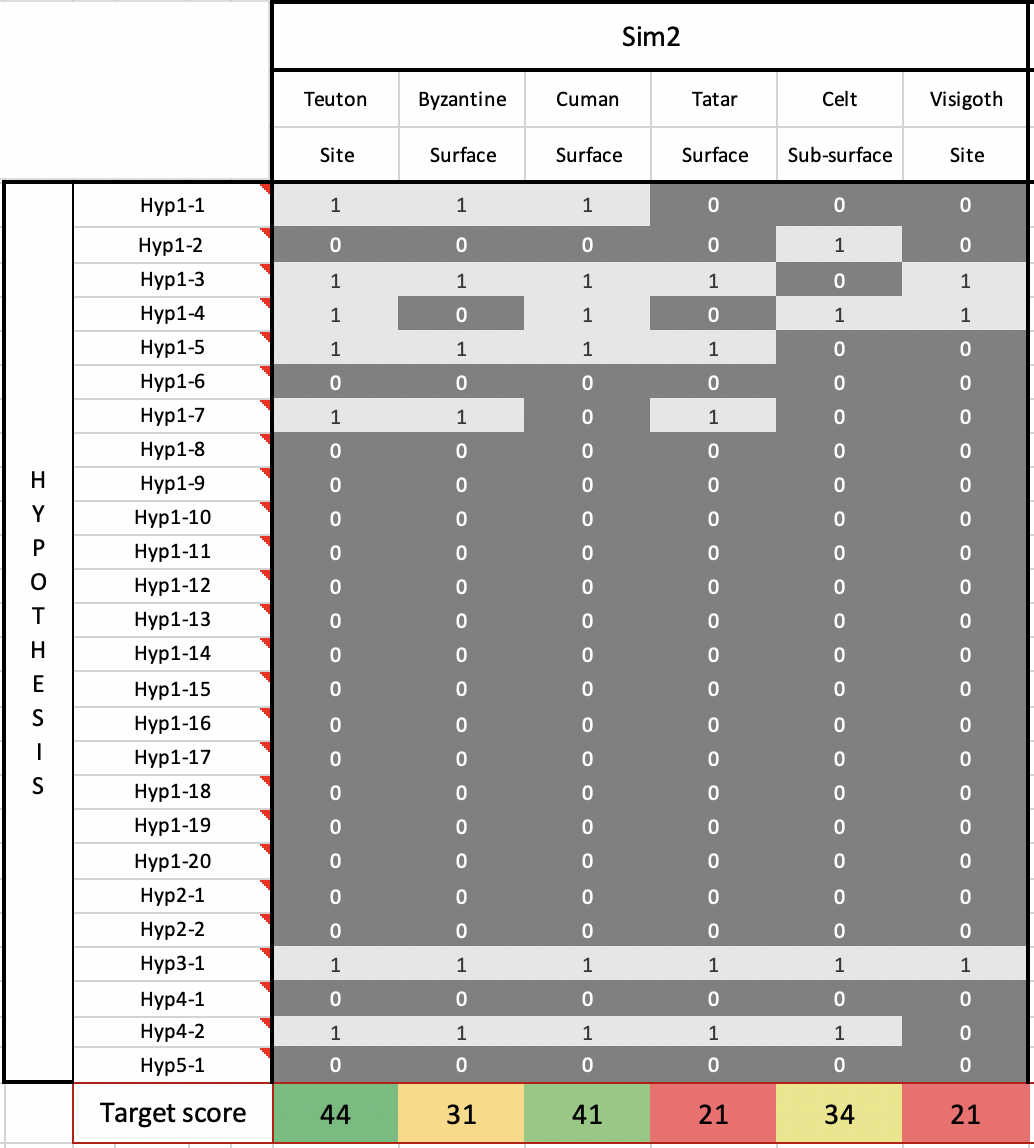
Figure 6: Target scores (green to red colour-scale)
Conclusion: The search for life and its traces on Mars (or any other neighboring planet and moon) should be accompanied by the development of tools that help quantify biosignature potentials and their preservation.
In this work, we present three different tools developed by the RSOWG for the ExoMars rover mission. Each one proposes a scoring method from a different perspective: 1) by evaluating the geological context, morphological and chemical results of the payload instruments and their potential contamination, 2) by evaluating the presence of chemical and physical needs for life and determining the preservation history of the site, 3) by using a table of hypothesis and determining whether a target could address them or not.
Of course, there is no one scoring method that is completely exhaustive and the metrics should all be used in a complementary way. This raises the question of how to give a quantitative score to a series of qualitative criteria. However, we hope that these tools will facilitate decisions of the ExoMars rover science team, as well as any future astrobiology mission.
References:
[1] Fawdon et al. (2021) The geography of Oxia Planum.
[2] Vago et al. (2017) Habitability on Early Mars and the Search for Biosignatures with the ExoMars Rover.
[3] Mustard et al. (2013) Report of the Mars 2020 Science Definition Team.
Acknowledgments: The authors would like to thank the ExoMars Pasteur Payload and Science Teams, as well as the Young Graduate Trainee program of the European Space Agency.
How to cite: Torres, I., Sefton-Nash, E., and Vago, J.: Trade-Off Tools to Quantify Biosignature Potentials for the future ExoMars Rosalind Franklin Rover Mission, Europlanet Science Congress 2022, Granada, Spain, 18–23 Sep 2022, EPSC2022-912, https://doi.org/10.5194/epsc2022-912, 2022.

